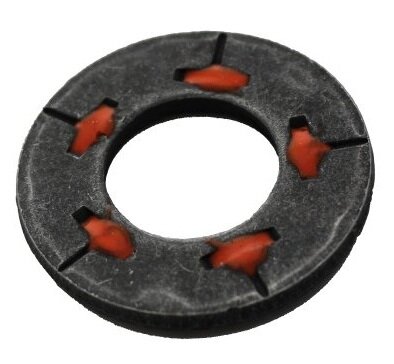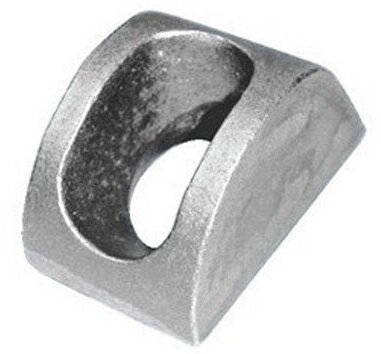Washer Wisdom: Structural Washers
The term structural washer is generally inclusive of washers used in an assembly with structural bolts, or any assembly that is integrative to the structural integrity of an engineered joint.
Load Indicating Washers (Direct Tension Indicator Washers - DTI)
Load indicating washers were developed in the 1960s and contain raised protrusions that collapse as an assembly is tightened. To develop the correct tension, these washers should be used when installing A325 or A490 structural bolts. Both of the most common load indicating washer, standard DTIs and Squirter™ DTIs, are made to meet the specifications of ASTM F959.
Square Washers
Square washers look exactly as they, shaped like a square to fit into channels and slots. The flat sides prevent the washers from rotating in an assembly, and are thicker and wider than common round washers, helping to distribute heavy loads more evenly.
Cross Bracing Washers (Hillside Washers)
Cross bracing washers, also known as hillside washers, are used when connecting structural beams to cross-bracing rods or cables. These washers feature a curved top surface that allows rods to pass through and a nut to be secured at different angles, while the flat bottom side sits flush against structural beams. Cross bracing washers also contain a locking tab that make them stay in place when force is applied.
Malleable Washers
Malleable washers are cast iron round washers most commonly used in wood dock construction. The large bearing surface of these oversized washers prevents nuts and bolt heads from pulling into their wood substrate.
If you have further questions about structural washers, please don’t hesitate to contact us for more information.




